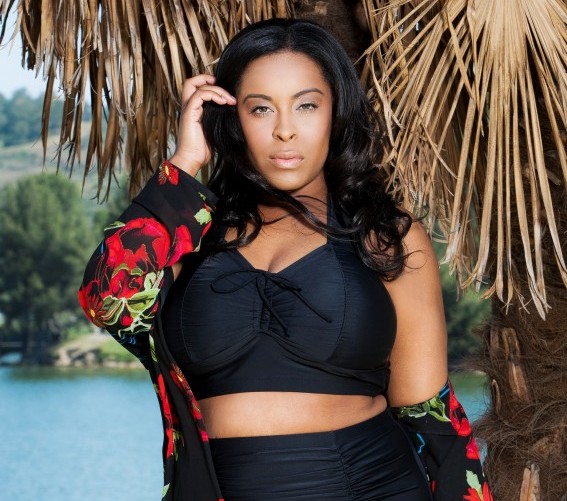I consider myself a calm person in general, but if you want to make me see red then do one or both of the following two things:
1. Talk trash about the Miami Heat. I will come at you with the force of a thousand suns and unload upon you a list of reasons why the Heat is one of the best sports teams to have ever existed and why Dwyane Wade’s face should be carved on Mount Rushmore next to the four great American Presidents – preferably in that awkward gap between Lincoln and Roosevelt.
2. Ask me why I support the Heat even though I’ve never been to Miami. If you’re really of the mindset that proximity to a club is a good measure of how intense your loyalty is, then either you’re still stuck in the 1920s or you don’t understand sports at all.
I’ll concede that my obsession for the Miami Heat was very much accidental. Everyone at school was talking about LeBron versus Carmelo, and I just sat there and decided that I was going to be indie and pledge my allegiance to Dwyane Wade. This was right before Shaq made his way from LA to South Beach and became the Robin to Wade’s Batman. I watched my first Heat game in 2005 and it was as close to love at first sight as you can get. Wade quickly became my sporting hero and basketball became my passion. I tuned in to as many Miami games as I could manage, which, given the 12-hour time difference, was quite a feat. I single-handedly revived the vintage sportswear game by wearing a Wade jersey on every free-dress day from year seven to year nine. At one point I actually asked my parents if I could change my name to Dwyane, which, as many readers of the Asian persuasion out there will know, did not end in my favour. I may have never been to a game live or even the state of Florida, but I could name you all 15 players on the roster, what college they went to and what their favourite breakfast cereal is. It’s that real.
Which brings me back to what really grinds my gears: no one’s sport loyalty should be doubted. I get that sports teams can have great inspiring impacts on their local communities, something that you can only really experience as a member of these communities, but why should my or anybody’s love for a team be any less legitimate simply because we’re from a different place? All sports have international exposure now, to the extent that there may honestly be more Heat fans in Shanghai than there are in London. Our fandom may not have been passed on from the elder generations and we may not have cute heart-warming stories about watching the games live, but we’re still connected to our teams in ways that are just as meaningful as local pride.
Take me for example. I moved a lot as a kid – I spent my childhood in four cities, went to five different kindergartens, two high schools and had a lot of friendships that only lasted about a year or two. There weren’t many continuities in my life, except for my love for Miami Heat – no matter where I was, that never changed and it honestly became part of who I am.
I may not bleed Miami or London, but I do bleed Heat basketball



